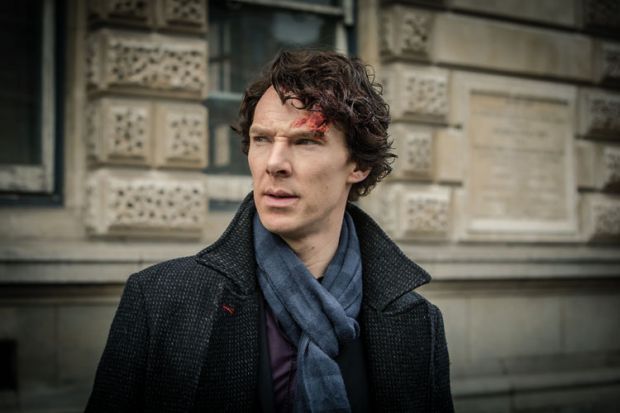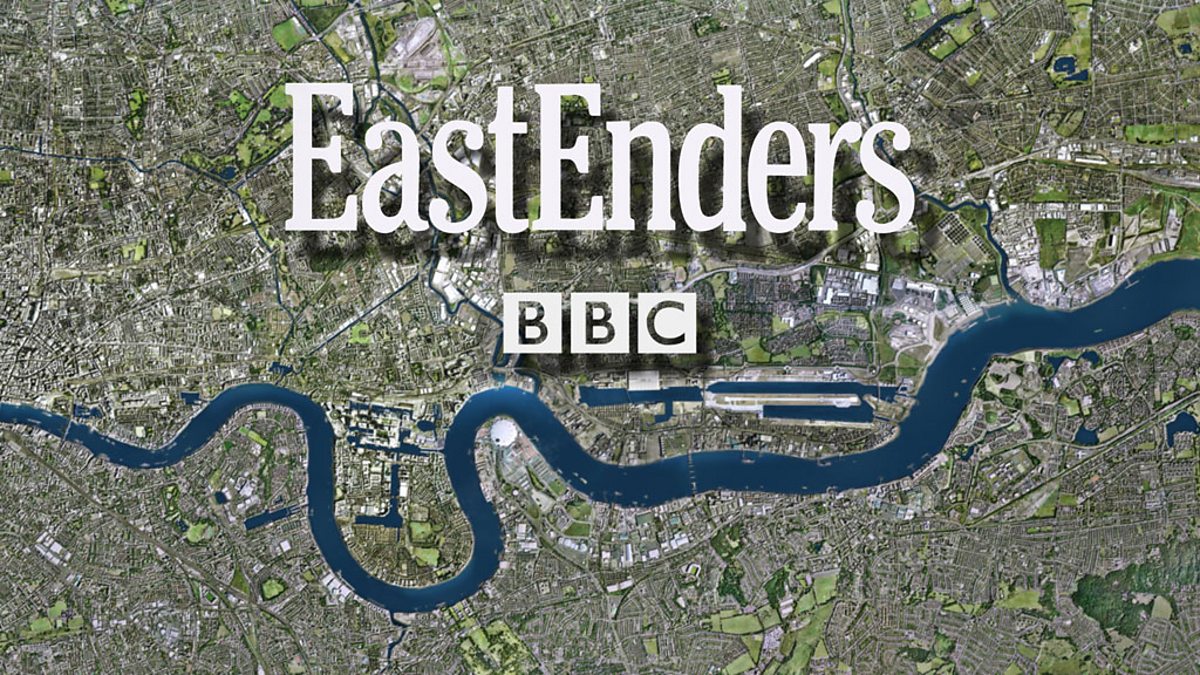The film was aired on PBS as the winner of Short Film of the Week and was a finalist in Youtube's Your Film Festival where only 10 films are chosen out of approximately 15 000 submissions.
Jonas, an elderly Brooklyn native, is being forced to reconsider his life as an umbrella street salesman because of lack of rain. As the weather keeps being nice and sunny people stop buying umbrellas leading to financial problems for Jonas who is struggling to keep being loyal to a dying career. He is trying to find happiness in his lonely apartment and with the help of his memories, he must decide whether to give up his "family business" or try to outlast the drought.
The Drought | Short Film from Kevin Slack on Vimeo.
'Thr Drought has two primary characters. The first one is Jonas, the main character, whom the audience gets introduced to right from the beginning seeing a c.u of his face while struggling and breathing heavily. It then fades to the titles and you see him sitting alone on the street trying to sell his umbrellas. As he sits alone on the street Marco, the supporting character and fellow street vendor, comes along and you clearly see that they have some sort of friendship despite being eachothers indirect competition. Marco offers to help Jonas who's clearly struggling financially but Jonas declines and remains being committed to his umbrella passion.
Kevin Slack said in an interview that he has always been fascinated by the idea of what happens to someone when they lose their longtime spouse. A year before he wrote the script his grandfather died leaving Slack's grandmother alone. Even though Slack wanted to write a script inspired by this he didn't know how he wanted to do it, until he was watching the local news one day. "There was a rainstorm hitting Manhattan and they were interviewing an umbrella salesman on the street. The salesman said that he was probably the only the only person excited to see that much rain as the umbrellas put food on his family's table. I then thought it would be interesting to explore that man's situation."




This is one of my favourite short films as I love the way that they have captured loneliness, love, passion and stubbornness in a 10 minutes short. The cinematography in the film is beautiful and very well done, and together with Rob Gokee's music makes it almost sort of romantic in a nostalgic heart-warming sense.
What I took inspiration from for my own project was the characters bond to the umbrellas. He's not just selling his umbrellas, he's keeping the family business alive, the same was as Malcolm in my short isn't just picking up rubbish at a random beach, but continuing his daughter's work.
//Source material and images\\
Screenshots from the film




































